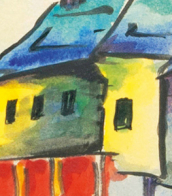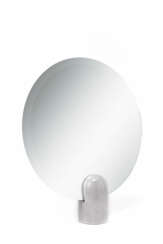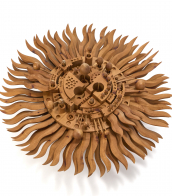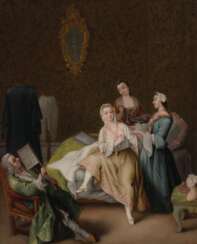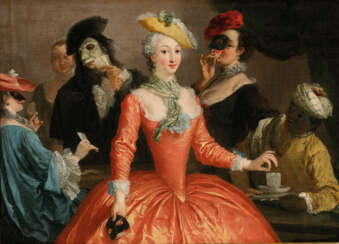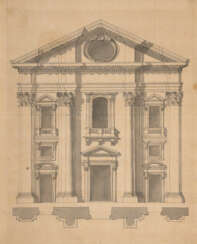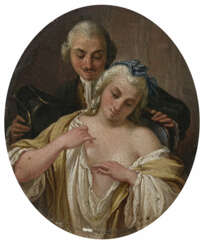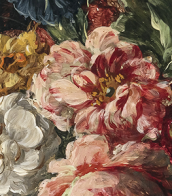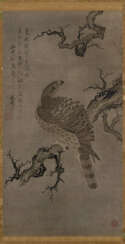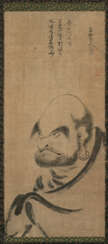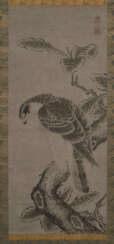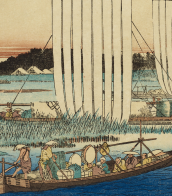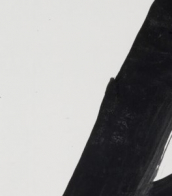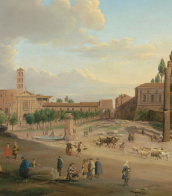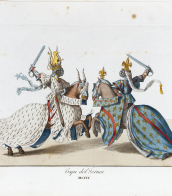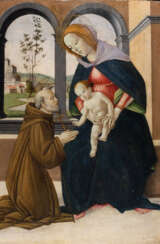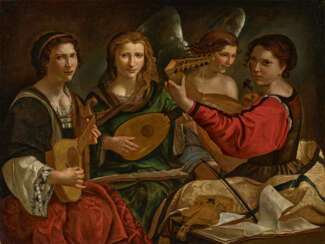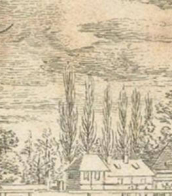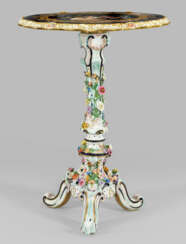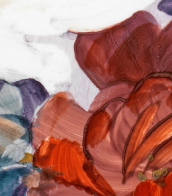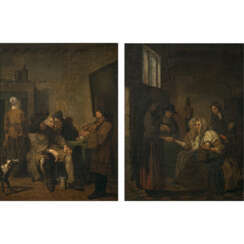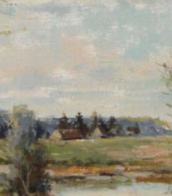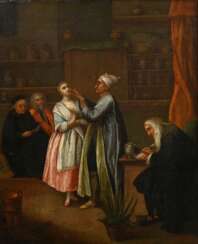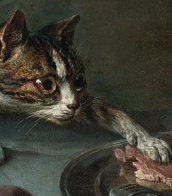de longhi
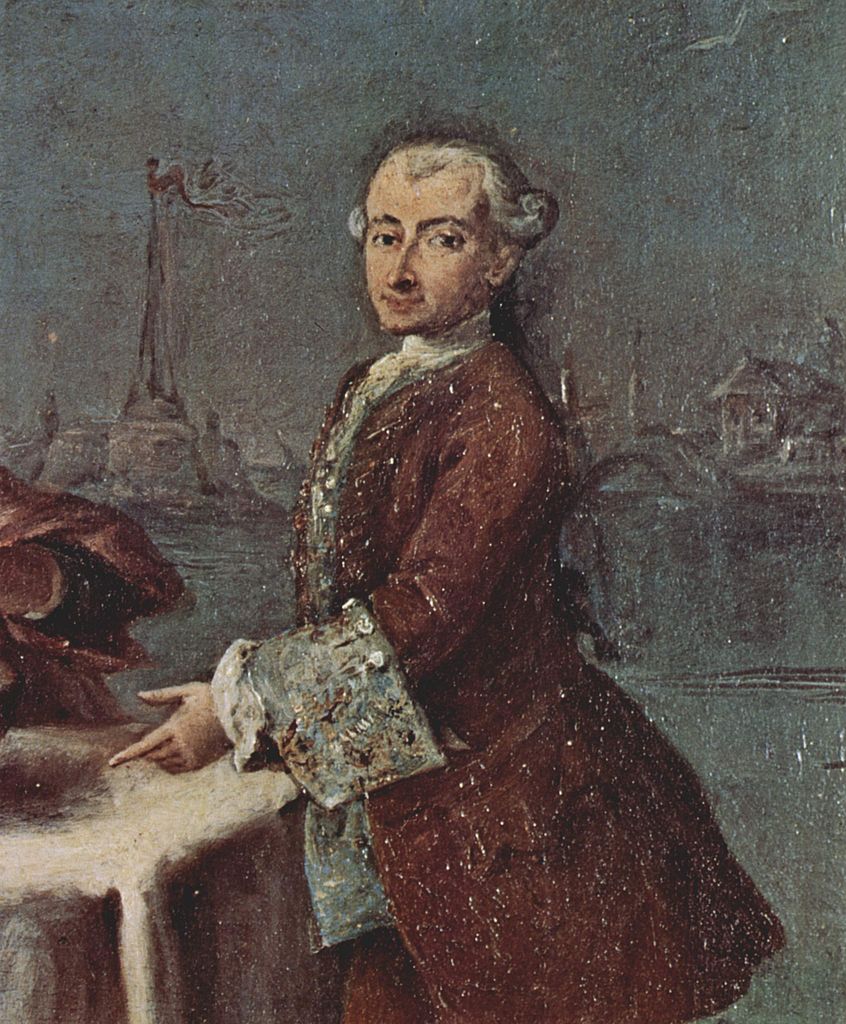
Pietro Longhi was a Venetian painter renowned for his intimate depictions of daily life in 18th-century Venice. His works, void of biting satire but possibly tinged with gentle irony, provide a unique window into the social and domestic spheres of Venetian society. Pietro Longhi's art captures a range of everyday moments, from high society gatherings to common street scenes, all characterized by a keen observation of human interaction and behavior.
Pietro Longhi's training began under the tutelage of the history painter Antonio Balestra and continued with Guiseppe Maria Crespi in Bologna, whose influence is evident in Longhi's detailed genre scenes. Returning to Venice, he shifted his focus to these smaller, more personal vignettes, starting in 1741. His works, such as "The Charlatan" and "The Ridotto in Venice," highlight the public and private lives of Venetians, often showcasing masked figures engaging in various activities, hinting at the city's famous carnival culture.
Notable works like "The Exhibition of a Rhinoceros at Venice" reflect Pietro Longhi's interest in capturing contemporary events and curiosities, offering insight into the leisure and entertainment of the time. This particular painting is part of the National Gallery's collection and stands out for its depiction of public fascination with exotic animals, intertwined with social commentary.
For collectors and art experts, Pietro Longhi's paintings are invaluable for their historical context and artistic merit, capturing the essence of Venetian life with a unique blend of realism and subtlety. His works continue to be celebrated for their detailed narrative quality and their ability to transport viewers to the heart of 18th-century Venice.
For those keen on exploring more about Pietro Longhi's contributions to art and culture, and to stay updated on sales and auction events featuring his works, subscribing for updates can be a valuable way to stay informed.
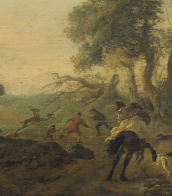



Sandro Botticelli, an Italian painter of the Early Renaissance, was renowned for his exquisite works that beautifully merged classical mythology with religious themes. Born Alessandro di Mariano di Vanni Filipepi in Florence around 1445, Botticelli became a pivotal figure in the Florentine art scene under the patronage of the Medici family. His education under Filippo Lippi honed his skills in painting, leading to a unique style that emphasized linear grace and ethereal beauty. Botticelli's art is celebrated for its elegance and for capturing the spirit of the Renaissance, a period marked by a rebirth of interest in classical antiquity and humanistic values.
Botticelli's oeuvre includes iconic mythological paintings like "The Birth of Venus" and "Primavera," both housed in the Uffizi Gallery in Florence. These masterpieces are distinguished by their allegorical complexity and the delicate portrayal of figures that seem to transcend the earthly realm, reflecting Botticelli's interest in blending myth with a narrative style that appeals to the viewer's sense of wonder and contemplation. His religious works, characterized by expressive emotion and devotional intensity, also earned him acclaim, particularly his contributions to the Sistine Chapel in Rome.
Despite his success, Botticelli's later years were marked by a shift in style influenced by the somber preachings of Savonarola, leading to a preference for more devotional themes. His reputation waned posthumously until the late 19th century, when a resurgence of interest in his work restored Botticelli to his rightful place as a master of the Renaissance. Today, Botticelli is regarded as an artist whose works encapsulate the innovative spirit of his time, bridging the Gothic tradition with the emerging Renaissance aesthetic. His legacy endures, inspiring art lovers and collectors who are drawn to the ethereal beauty and rich symbolism of his paintings.
For those captivated by the allure of Renaissance art, subscribing for updates on new discoveries, sales, and auction events related to Sandro Botticelli can enrich your appreciation and knowledge of this remarkable artist's contribution to the world of art and culture.
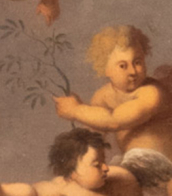
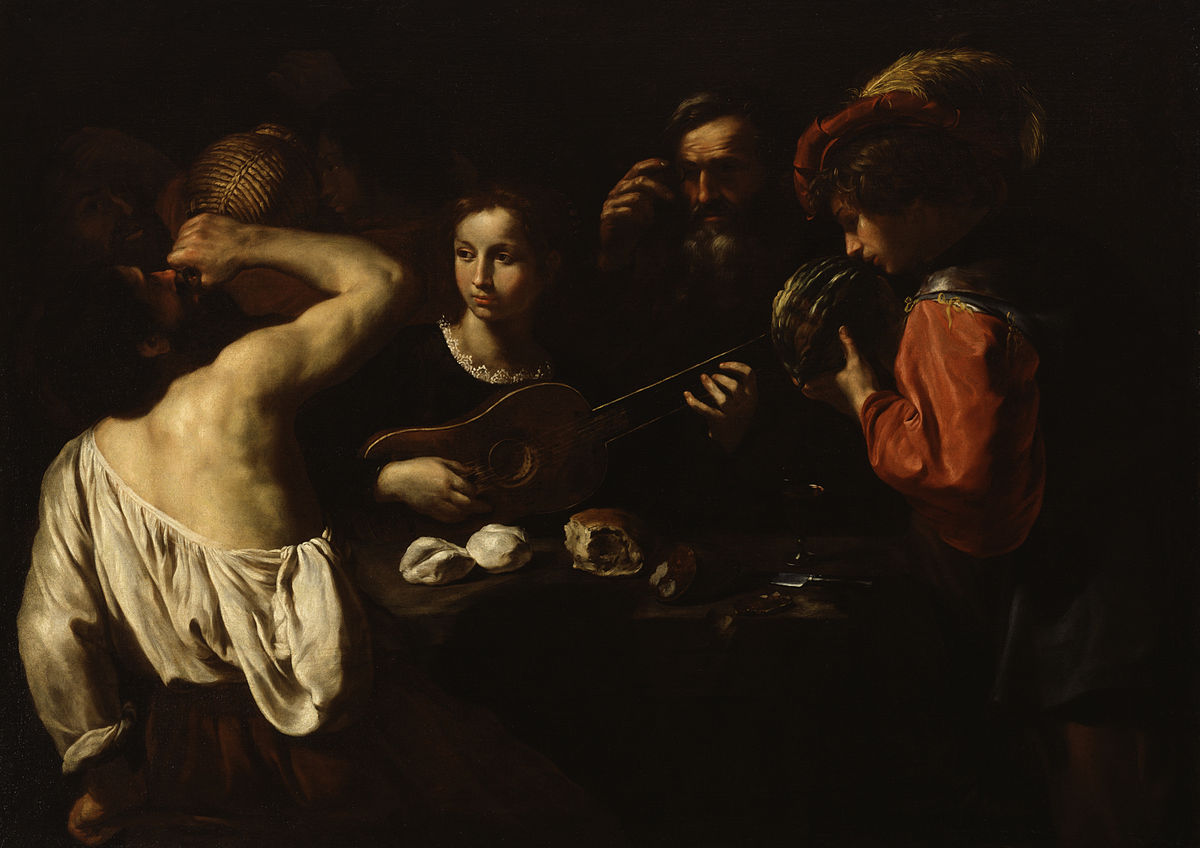
Pietro Paolini, called il Lucchese was an Italian painter of the Baroque period. Working in Rome, Venice and finally his native Lucca, he was a follower of Caravaggio to whose work he responded in a very personal manner. He founded an Academy in his hometown, which formed the next generation of painters of Lucca. Paolini painted religious and mythological compositions during his early days. These religious compositions form only a small part of his oeuvre. Paolini created a number of portraits, often with an allegorical meaning and depicting persons engaged in a certain profession or activity.

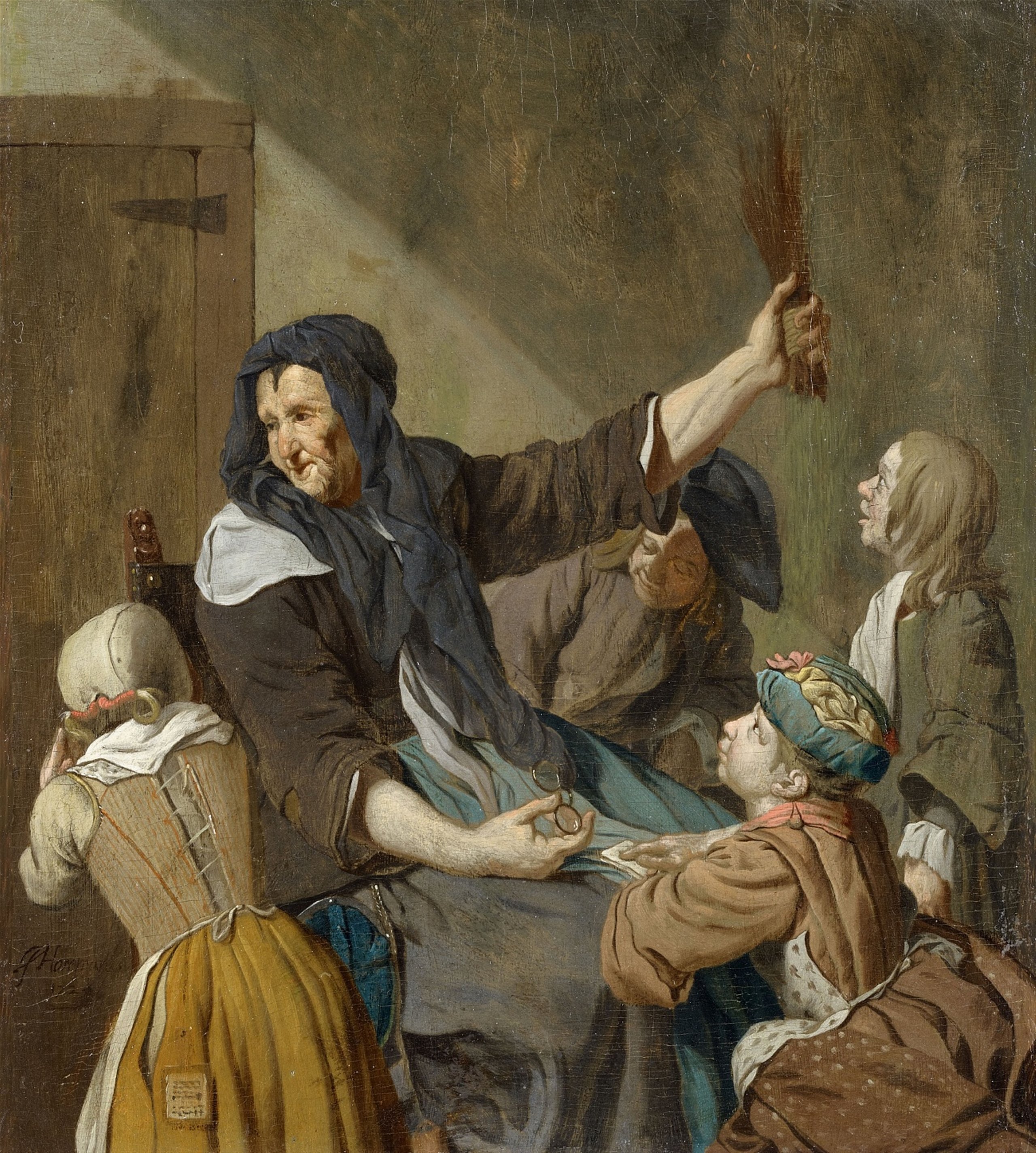
Jan Josef Horemans the Elder was a Flemish painter of the 18th-century. He was mainly known for his genre scenes but he also painted portraits and historical allegories.
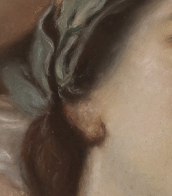
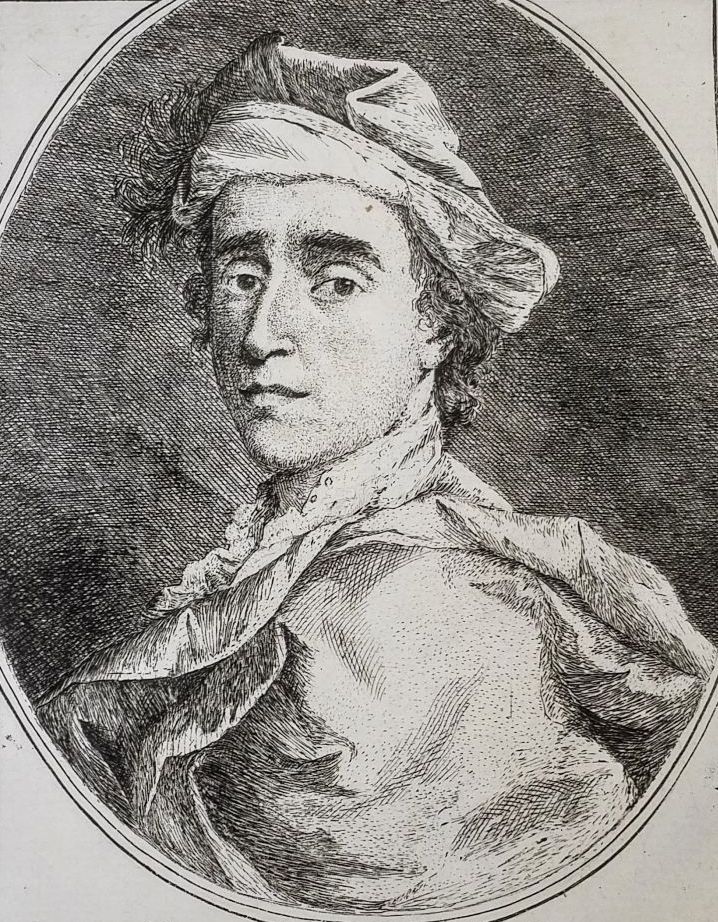
Alessandro Longhi was a distinguished Venetian portrait painter and printmaker, renowned for his artistry in etching and his significant contributions to the Venetian art scene. Born, trained, and having spent his entire life in Venice, Alessandro Longhi emerged as a pivotal figure in the city's artistic landscape, following in the footsteps of his father, Pietro Longhi. His works, especially his oil portraits, encapsulate the essence of Venetian nobility, capturing the grandeur and elegance of his subjects with remarkable finesse.
One of Alessandro Longhi's notable contributions to art and culture is his "Compendio delle vite de' pittori veneziani istorici," a comprehensive compendium detailing the lives and works of esteemed Venetian painters of his era. This work not only underscores his prowess in etching but also highlights his role as a chronicler of Venice's rich artistic heritage.
Alessandro Longhi's portraits, characterized by their meticulous detail and vibrant realism, are celebrated for their depth and vitality. Among his notable works are portraits of prominent figures such as Carlo Goldoni and Giacomo Casanova, as well as other Venetian nobles and statesmen, which have been lauded for their artistic merit and historical significance. His creations, such as "Painting and Merit," an etching that captures the interplay of art and virtue, exemplify his skill in using art to convey complex themes and narratives.
For art collectors and enthusiasts, Alessandro Longhi's works offer a window into the soul of 18th-century Venice, embodying the city's cultural opulence and the artistic brilliance of its inhabitants. His legacy continues to inspire and captivate audiences, making his artworks treasured possessions in the realms of art and antiques.
For those interested in the intersection of art, history, and culture, and wishing to stay informed about new sales and auction events related to Alessandro Longhi's works, subscribing for updates is a prudent choice. This ensures that aficionados and collectors alike remain abreast of the latest opportunities to engage with and acquire pieces of Longhi's enduring legacy.
